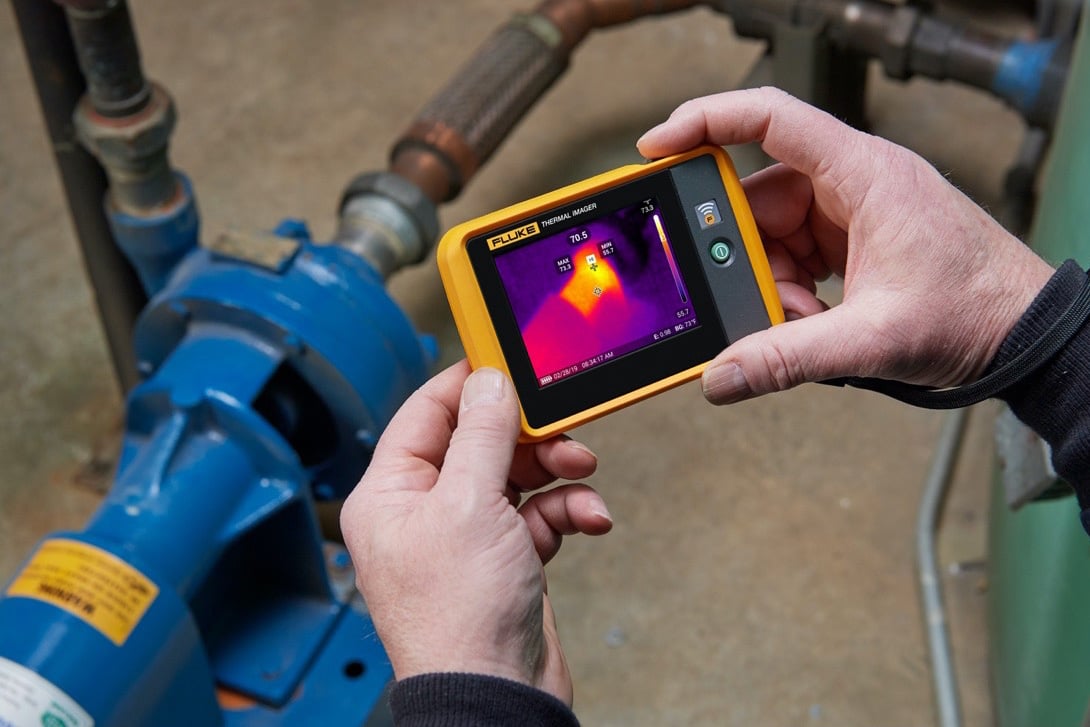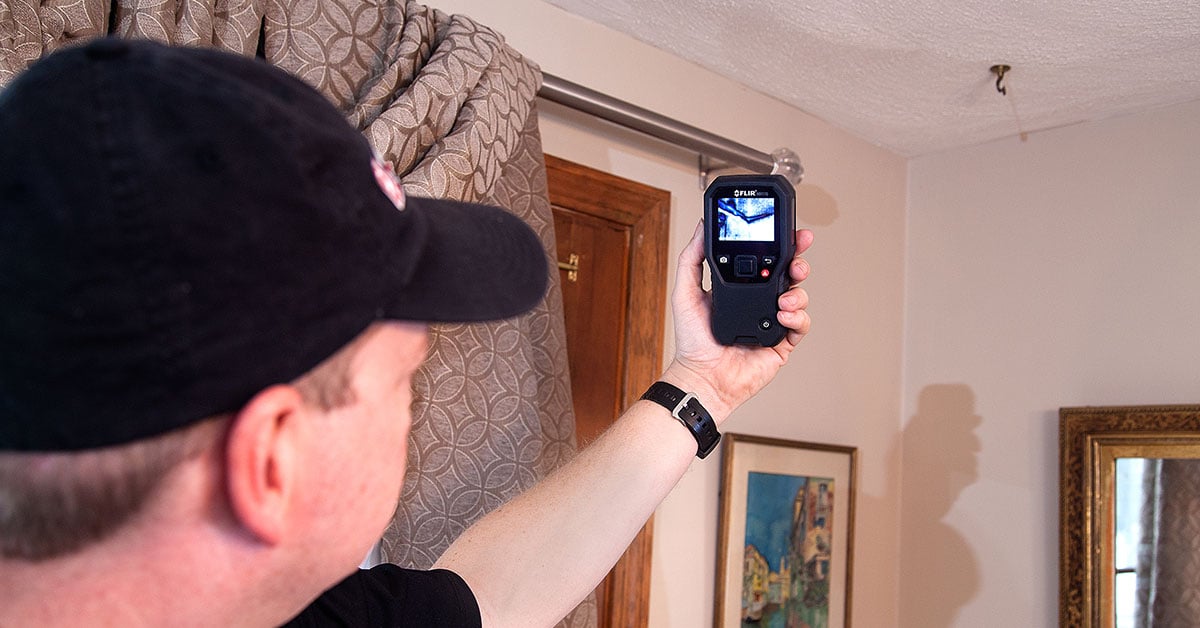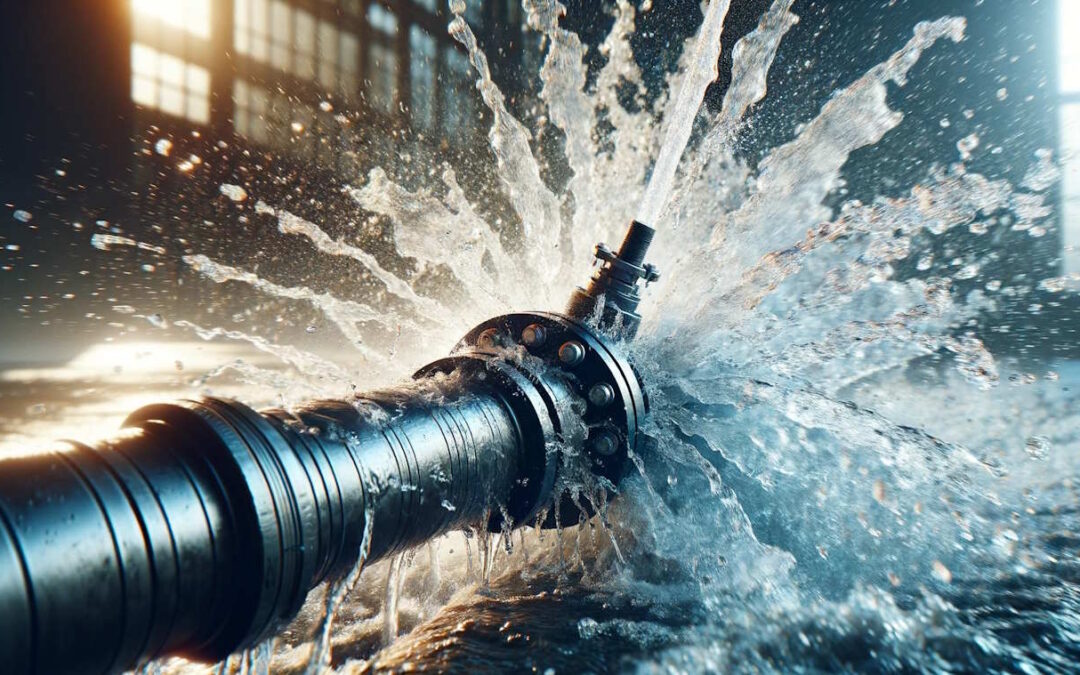Water Leak Detection: How to Identify and Fix Leaks Before They Create Damages
Water Leak Detection: How to Identify and Fix Leaks Before They Create Damages
Blog Article
Ingenious Solutions for Very Early Detection of Water Leakages in Buildings and Framework
As the stability of buildings and facilities is paramount, the obstacle of early discovery of water leakages has actually spurred cutting-edge options that assure to transform the means we guard versus prospective problems. From cutting-edge leakage discovery innovations to the implementation of IoT sensors for real-time monitoring, the landscape of leak prevention is progressing rapidly. Artificial intelligence algorithms use a glimpse into the future of leakage forecast, while thermal imaging presents a non-intrusive approach for identifying covert leakages. Automated water circulation analysis systems are reshaping exactly how leakages are recognized and addressed, leading the way for an aggressive approach to water leak detection. Each of these options holds the key to guaranteeing the dependability and long life of our developed atmosphere, motivating a change in the direction of a much more lasting and effective future.
Advanced Leak Detection Technologies
Advanced leak detection modern technologies, outfitted with advanced sensing units and formulas, play an essential role in swiftly identifying and determining water leakages in different settings. These innovations employ a mix of acoustic, thermal, and electro-magnetic picking up techniques to discover leaks precisely. Acoustic sensing units spot the noise of getting away water, permitting accurate localization of the leak resource. Thermal imaging identifies temperature level modifications brought on by water leak, giving one more effective approach for leak identification. Electro-magnetic sensing units can identify adjustments in magnetic fields triggered by water, providing yet one more layer of leakage detection capability.

IoT Sensors for Real-Time Surveillance
In the realm of modern water leak discovery, the combination of IoT sensing units for real-time surveillance stands for a pivotal improvement in boosting proactive leak discovery capacities. These sensing units supply continuous monitoring of water systems, offering real-time data on water circulation rates, stress variants, and temperature adjustments. By leveraging IoT technology, these sensors can identify also the tiniest abnormalities in water use patterns, making it possible for very early identification of potential leaks before they escalate into major issues.
IoT sensors transmit information to a central system, where innovative formulas examine the info and produce notifies or notices when abnormalities are identified. This real-time surveillance capacity enables homeowner or center supervisors to quickly deal with leaks, reducing water damage, lowering fixing expenses, and conserving water resources.
In addition, IoT sensing units can be incorporated with structure administration systems, permitting automated feedbacks to found leaks, such as turning off water shutoffs or triggering pumps to mitigate the influence of leaks. In general, the implementation of IoT sensing units for real-time tracking considerably enhances the effectiveness and effectiveness of water leakage detection in structures and facilities.
Machine Understanding Algorithms for Leakage Forecast

One key benefit of utilizing Visit This Link artificial intelligence for leakage prediction is its ability to continually discover and improve its precision gradually. As more information is collected and fed right into the algorithm, it can refine its forecasts and adapt to transforming conditions, inevitably boosting the reliability of leakage detection systems.
Furthermore, artificial intelligence algorithms can help in recognizing subtle indicators of leaks this link that may go undetected by conventional surveillance techniques. water leak detection. By assessing complicated data collections in real-time, these formulas can supply early cautions and alerts, permitting punctual intervention and precautionary maintenance to alleviate potential water damage and linked costs
Using Thermal Imaging for Leakage Detection
Thermal imaging innovation provides an appealing approach for spotting water leaks in different systems and frameworks. By making use of infrared radiation and temperature variations, thermal imaging cams can determine concealed leakages that are not quickly visible to the naked eye.
One of the crucial advantages of thermal imaging for leakage detection is its non-intrusive nature. In general, the use of thermal imaging technology boosts the performance and accuracy of water leakage detection, making it a useful tool for keeping the stability of structures and facilities.
Automated Water Circulation Analysis Equipments
Exactly how can automated water flow evaluation systems reinvent the detection and administration of leaks in different systems and infrastructures? Automated water circulation evaluation systems use a proactive technique to leakage detection by continuously keeping an eye on water click resources flow rates and patterns. By establishing baseline information, these systems can rapidly identify inconsistencies that may show a leak, allowing punctual intervention to stop extensive damages.
These systems utilize advanced formulas to analyze real-time data and give immediate notifies when abnormalities are detected, enabling for swift action to be taken. Furthermore, computerized water flow analysis systems can be integrated with structure monitoring systems or IoT systems, enhancing general performance and enabling remote monitoring abilities.
In addition, the information accumulated by these systems can be utilized for anticipating maintenance functions, assisting to identify potential powerlessness in the infrastructure before leakages take place. On the whole, the execution of computerized water circulation analysis systems can considerably improve leak discovery and monitoring methods, eventually resulting in cost financial savings, lowered water wastefulness, and boosted sustainability in buildings and infrastructure.

Final Thought
Finally, the assimilation of innovative leakage discovery modern technologies, IoT sensors, machine knowing formulas, thermal imaging, and computerized water circulation evaluation systems supplies cutting-edge solutions for very early discovery of water leakages in structures and framework. These modern technologies make it possible for real-time surveillance, forecast of leakages, and effective detection methods to avoid water damage and wastage. Executing these options can aid in preserving the integrity and sustainability of water supply in numerous setups.
Report this page